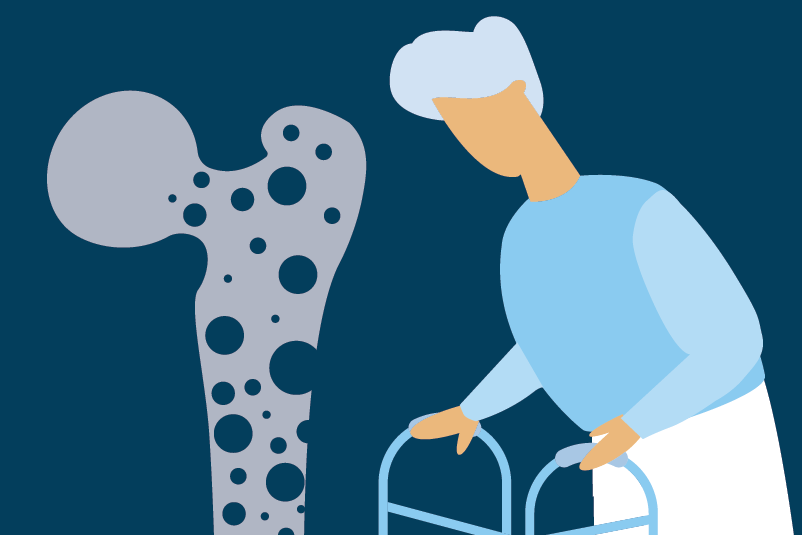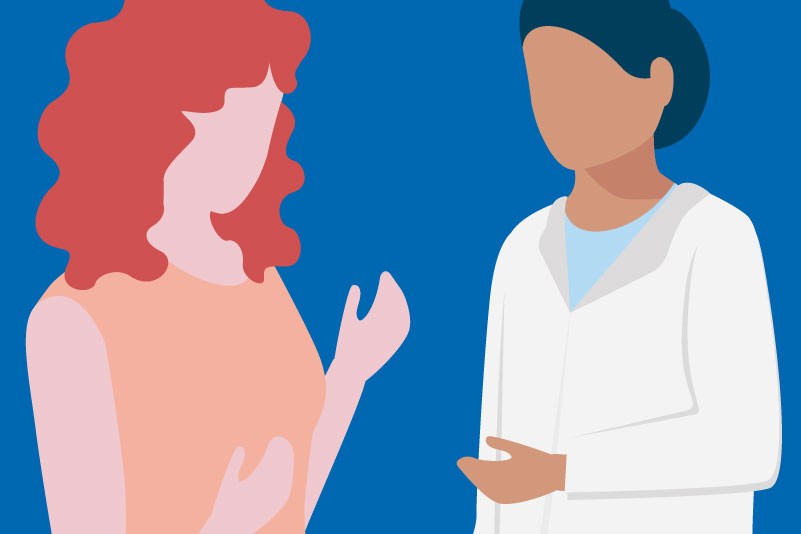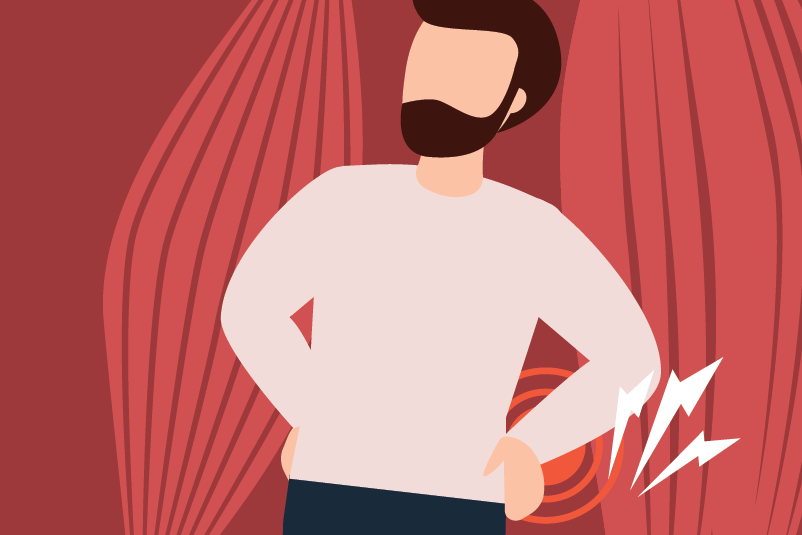#334 Wouldn’t Bet On it: What is the risk of muscle symptoms on statins?

Reading Tools for Practice Article can earn you MainPro+ Credits
Join NowAlready a CFPCLearn Member? Log in
- 7 systematic reviews [11-135 randomized controlled trials (RCTs); 18,192-192,977 patients] from the last 5 years.1-7 Focusing on the most recent (23 RCTs; 154,664 patients x4.3 years).1 Results statistically significant unless indicated.
- Any muscle symptoms, statin versus placebo,
- Anytime: 27.1% versus 26.6% (placebo).1
- Within 1st year: 14.0% versus 14.8%, number needed to harm=125.
- After 1st year: 14.8% versus 15.0% (not statistically different).
- Other systematic reviews2-7 similar but not statistically different for myalgia,5 ≥65 age subgroup,4 or intensity subgroups versus placebo.2
- No difference by statin type,3 lipophilic/hydrophilic statin,6 or age groups.1,5,6
- Anytime: 27.1% versus 26.6% (placebo).1
- Any muscle symptoms, more versus less-intense statin:
- Any timepoint: 36.1% versus 34.8% (less intense).1
- Other systematic reviews found similar.2
- Creatine kinase >10x upper limit of normal (myopathy): 077% versus 0.044% (placebo).1
- 4 other systematic reviews:2-5 No difference.
- More versus less-intense statin:1,2 Results no different for approved statins/doses (excluding simvastatin 80mg).
- Rhabdomyolysis:
- 3 systematic reviews: 4,5 No difference.
- Discontinuation for muscle symptoms2,4 or any adverse event4,5,7 not statistically increased.
- Any muscle symptoms, statin versus placebo,
- Three n-of-1 trials (8-200 patients, previous statin intolerance due to muscle symptoms) randomized to 3-4 cycles of ~3-8 weeks of statin,8-10 placebo,8-10 and no-pill8 Muscle symptom scores:
- Statin versus placebo:8-10 no difference.
- Statin versus no-pill:8 16 versus 8 (no-pill) (scale=0-100, higher worse).
- Mean creatine kinase rise1 with statin therapy ~2%.
- Events like myopathy and rhabdomyolysis are too infrequent to discern statin effects in meta-analysis of >100,000 RCT participants.
- Statin-induced rhabdomyolysis estimated at 2-3 excess cases/100,000 patient-years.11
- Guidelines recommend:
- In patients with non-severe muscle-symptoms, offer retrial of same or lower-intensity statin.12
- Monitoring creatinine kinase is generally not encouraged, but check if symptoms or high-risk.12,13







My understanding of this topic is confirmed- nice article to share wiht patients with questions
short , concise article to share with patients with questions
Would have been nice to show reminder of “more intense” statins vs less intense
this confirmed what I have found in my practice in the past few years- I started asking patients to note their baseline sx’s of muscle aches/cramps before they start a statin, and the number who report increased muscle aches/pains after starting the statin is significantly decreased compared with my previous practice of discussing myalgia as potential adverse effect but not asking the patient to note their pre medication baseline of myalgia before starting the statin
great review of evidence, will be helpful in counselling patients who are google experts on the subject of statin side effects!
good synopsis of studies
????